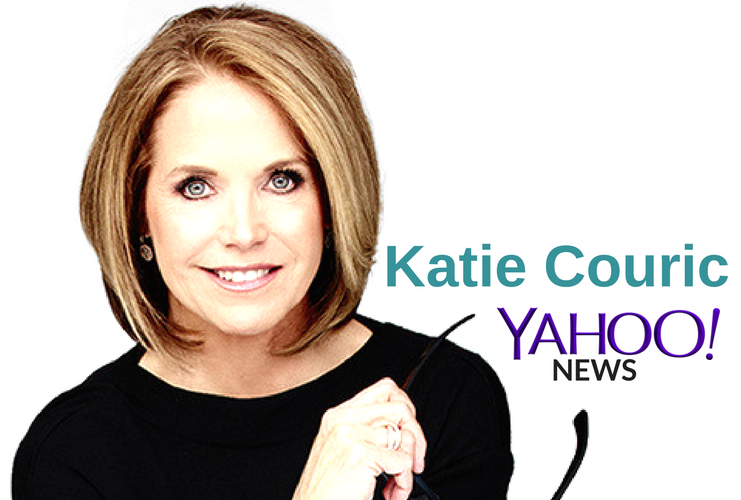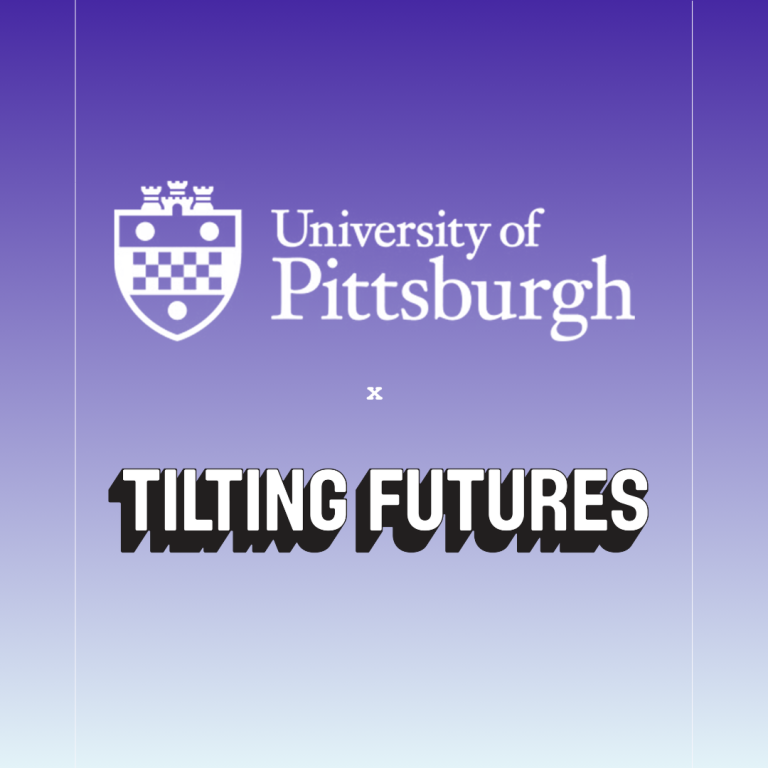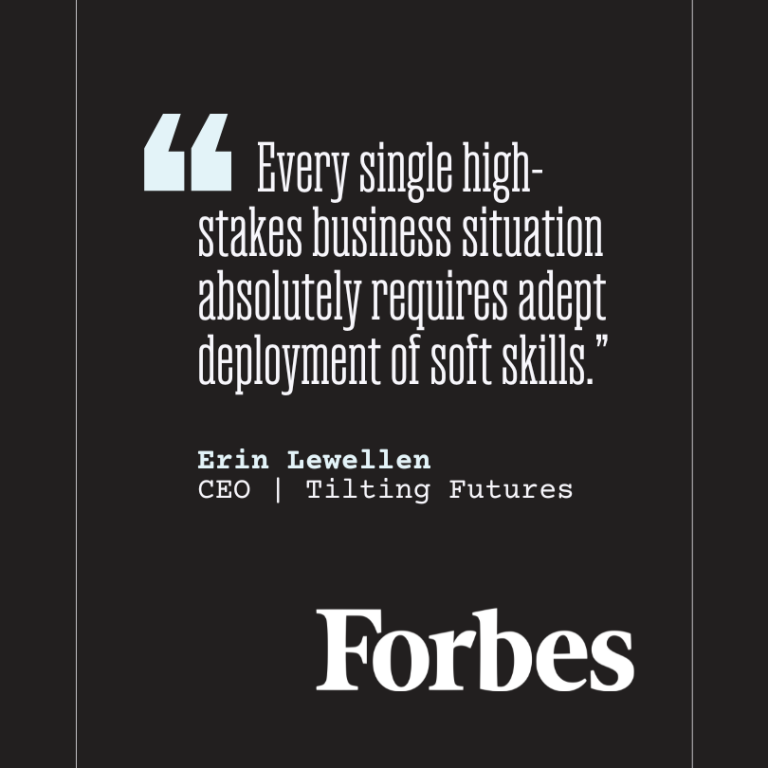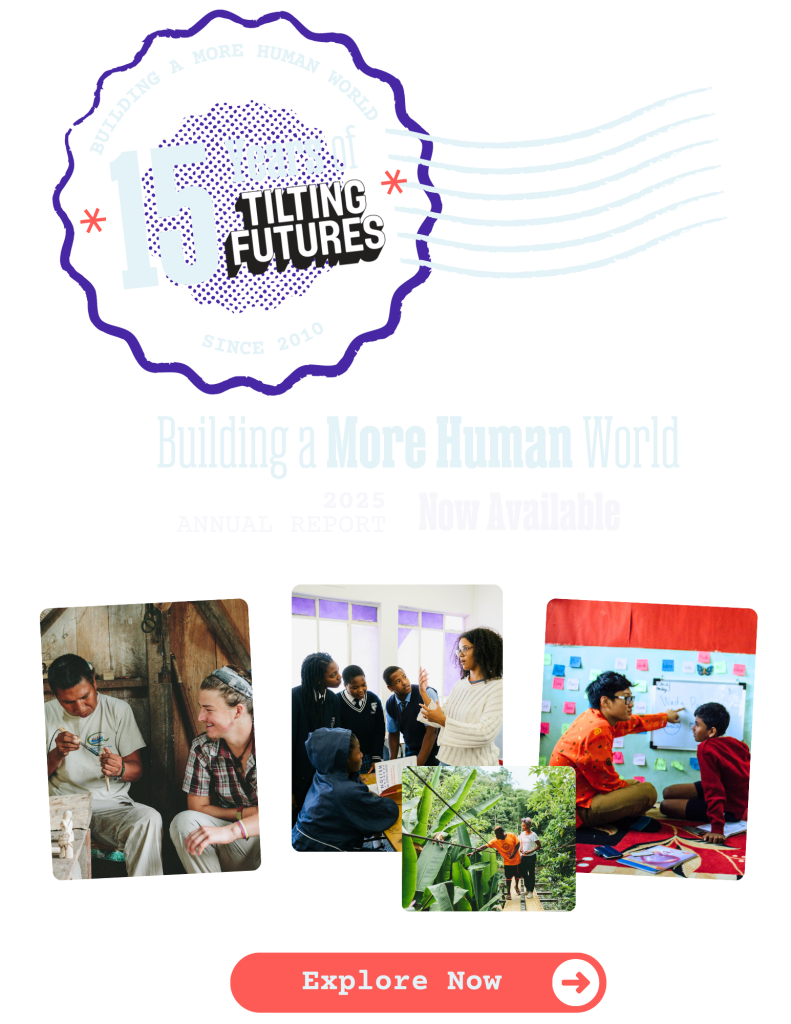Katie Couric and Yahoo! News released an incredible feature on Global Citizen Year! Check out the video below to see how we are re-imagining the ‘gap year’ as a launch pad for global citizens – and how top colleges are taking notice.
By Katie Couric
When the White House announced that Malia Obama would be taking a year off after high school before attending Harvard, it turned a spotlight on the idea of a “gap year.” And yet it’s not just presidential family members taking time off, and not just Harvard that’s encouraging its students to consider deferring their enrollment.
Academic deans and provosts around the country see the value in young adults taking the time to figure out what they want to get out of a college education before they begin that college education. Former Stanford Dean of Freshmen and author of “How to Raise an Adult” Julie Lythcott-Haims says, “As dean, I noticed that kids who’d taken some time away before coming to college were more mature than their counterparts who had come to college straight from high school. Their social behavior was that much more mature. Their ability to engage in the classroom was more mature. They had a clearer sense of ‘What do I want to make of these four years?’”
J.I. Cruz lived and worked as a teachers’ assistant in Senegal before going to American University in Washington, D.C. “Real-world experience really helped me give a sense of purpose that I feel is much stronger than many grad students have when they’re graduating,” says Cruz. “For example, I knew that I wanted to study science, but for what reason? What do I want to investigate? Once I lived in Senegal and noticed, from a different perspective, different issues regarding our environment and waste management, I knew immediately that that’s what I wanted to do with my education.”
Jabari Gambrel is just embarking on his gap year, and he’s doing it with a similar intent: “I want to major in African studies and international relations, and it’s extremely important for me to have direct contact with the people who I’m going to be studying — and hopefully policy-making for one day — before I go to school.”
Says Joan Hanawi, who spent the better part of a year volunteering in Ecuador before going to UCLA: “I came back incredibly focused. I knew what I wanted to study. I wasn’t interested in partying. I wanted to have conversations; I wanted to go to class. I was like that nerd who was like ‘When’s office hours?’”
While a gap year may not be right for everyone, Stanford Dean of Admissions and Financial Aid Richard Shaw says, “We consider the gap year a very valuable experience for young people who really have an objective — a mission.”
To be clear, taking a gap year generally does not improve one’s chances for admission to a selective university. “Most of the gap years are designated after admissions,” says Shaw. “I don’t want students to take a year off before applying because they want to enhance their chances of getting in. If that’s the purpose of the year off, that’s unfortunate. Because I’d rather have them taking a year off because it’s something they truly in their heart feel they want to do.”
The main criticism leveled at formal gap year programs is that they often don’t come cheap — some cost over $30,000 for a 7-to-9-month program —so the young adults who take them tend to be from more privileged backgrounds. Indeed, Malia Obama’s news spawned a flurry of headlines like “Malia Obama’s ‘Gap Year’ Is Part of a Growing (and Expensive) Trend” and “Malia Obama taking a gap year is the ultimate sign of luxury.”
Abby Falik, founder and CEO of Global Citizen Year, has made it her life’s mission not just to make gap years more common but also to make them more accessible. “So much of what we are advocating for at Global Citizen Year is a leveling of the playing field, a figuring out how we can provide access and opportunity to young people who wouldn’t otherwise have had it.” Global Citizen Year has raised over $10 million, which enables it to have a need-blind admissions policy and to support over 80 percent of their fellows with some level of need-based financial aid, with over one-third receiving fully funded scholarships.
At its core, a gap year is time off between high school and college. But words like “gap” and “time off” connote a slacker mentality and conjure images of rich kids bumming around Europe on Daddy’s dime and less privileged kids working as baristas while they try to figure out what to do with their lives. This leads to another common criticism — that gap years are an indulgent waste of time. Falik sees this as largely a branding problem. The word “gap,” she says, “suggests that somebody is falling into a gaping hole that they may or may not come out of.” Her goal is to rebrand the “gap year” as a “bridge year,” paving the way from one life stage into the next, with that sense of purpose that Shaw mentioned. Shaw also points out that one does not have to travel halfway around the world to find a volunteer opportunity: “We have many of the same challenges right in our communities that other parts of the world have.”
Falik makes a passionate case for the bridge year with a litany of statistics, noting that the U.S. has the highest college dropout rate in the developed world: “One-third of college freshmen don’t come back for a second year; on average, kids are taking six years to get through four-year colleges; and for low-income kids or underrepresented groups, often first in their family to go to college, only 8 percent get a college degree by the time they’re 24 years old.” On the other hand, she notes that “94 percent of our alums are on track to graduate college in four years or less. And for our low-income subset of the cohort, it’s 91 percent on track to graduate in four years or less, which is really extraordinary.”
Of course, one could argue that these numbers are skewed by the fact that this is not a randomized experiment; the students who apply to — and get into — programs like Global Citizen Year are already highly motivated individuals who are likely to excel wherever they go, with or without a gap-year program. Falik acknowledges that this may be true but says 95 percent of Global Citizen Year alumni cite the program as the most important input in giving them the confidence, sense of focus, and purpose that have helped them navigate their college careers successfully. Furthermore, one of Falik’s missions is leadership development — taking young adults with great potential, but not necessarily with great opportunity, and giving them the skills and experiences to become, well, global citizens.
“The challenges that we face on this one planet are global in nature — whether it’s migration, climate change, poverty, disease. These things don’t know borders,” she says, adding, “It has never been more important or more urgent that we are preparing a new generation of young people to be leaders and global citizens.”
For this year’s cohort of Global Citizen Year fellows, setting off for Ecuador, Brazil, India, and Senegal, the first steps onto the bridge year are thrilling. Says Kai Milici on the day just before departing for Quito: “I have no idea who I’m going to be when I come back. And that’s the most exciting thing ever.”




